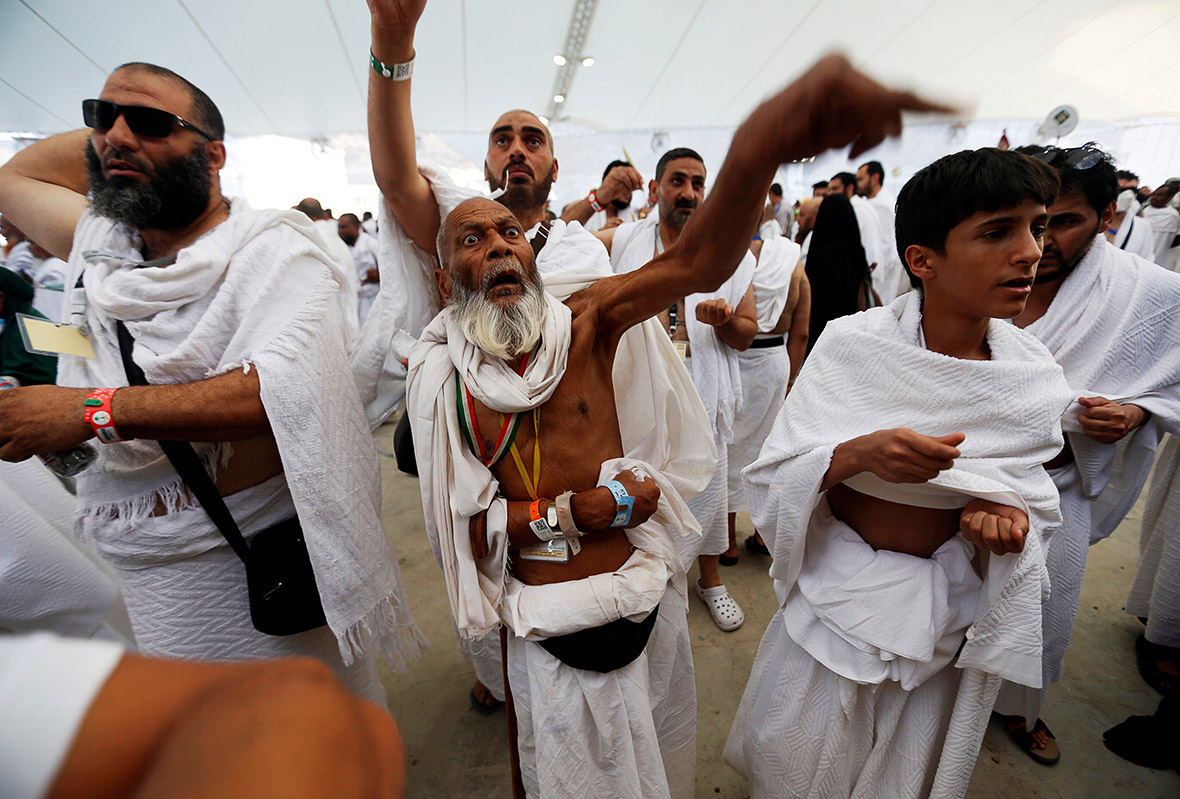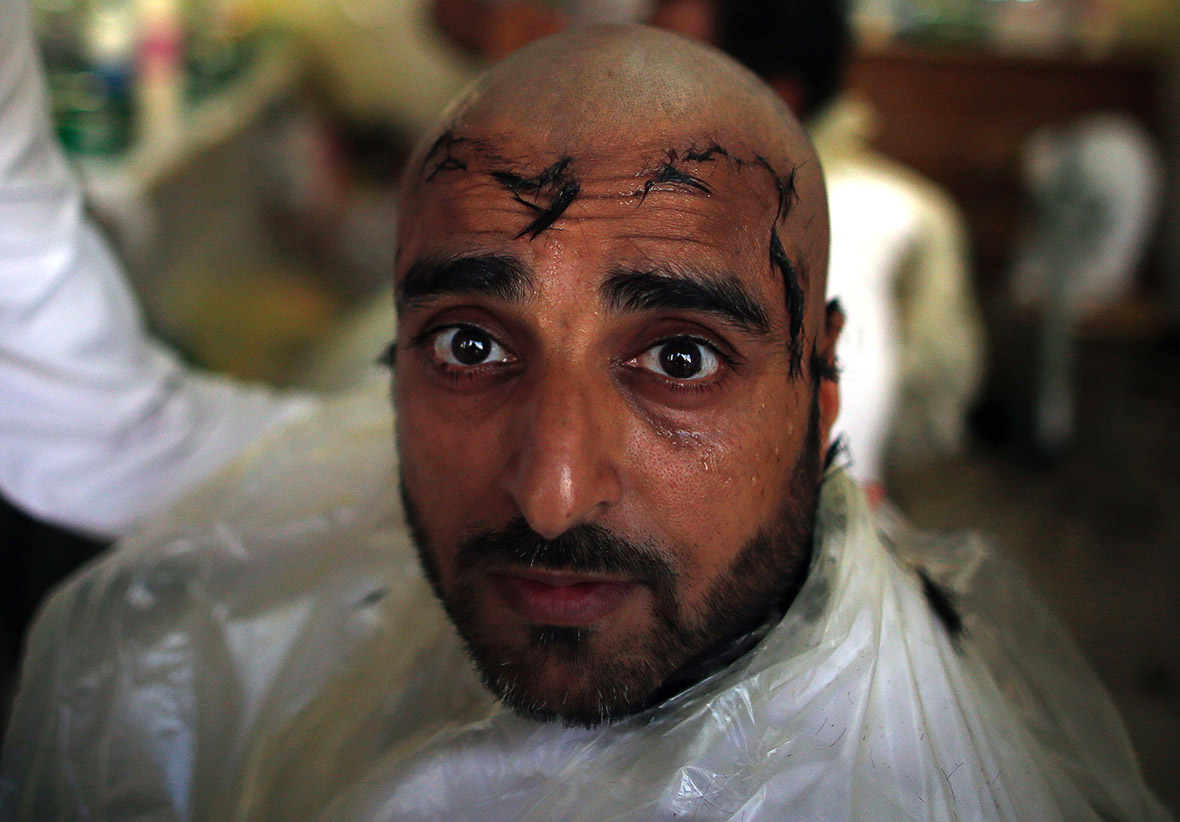Photos of the Hajj, one of the world's largest pilgrimages
The hajj draws the faithful to the holy city of Mecca and areas around it for five intense days of rituals and prayers.
Nearly two million Muslim pilgrims have performed a symbolic stoning of the devil, the riskiest part of the annual hajj pilgrimage, a year after the ritual's worst disaster in decades. Saudi Arabia has deployed thousands of security forces, civil defence staff and volunteers as well as modern technology including drones and electronic bracelets to ensure a safe pilgrimage.
Under close supervision from Saudi authorities, pilgrims in seamless white clothes, converged on Jamarat carrying the pebbles to perform the ritual from a three-storey bridge erected to ease congestion. In previous years, jostling to perform the stoning, before returning to pray at the Grand Mosque, accounted for many of the frequent stampedes and crushes that had afflicted hajj.







Saudi authorities have said that some 1.86 million Muslims from around the world are performing the pilgrimage at Islam's holiest city. That is fewer than previous years, when up to three million pilgrims have attended. Authorities say disruption caused by expansion work and infrastructure projects in Mecca have combined with conflicts in the region to restrict the numbers.
Last year, Saudi Arabia said that nearly 800 pilgrims were killed when two large groups of pilgrims arrived together at a crossroads in Mina, a few kilometres east of Mecca, on their way to performing the stoning ritual at Jamarat. Counts by countries of repatriated bodies showed over 2,000 people may have died, more than 400 of them Iranians.
On Sunday (11 September), pilgrims prayed on Mount Arafat, a hill just outside Mecca. Prior to departing Mount Arafat back to Mina, they joined top Saudi officials in prayer at Namira Mosque, site of the last sermon by Prophet Muhammad some 1,400 years ago. Prayer on this day at Mount Arafat is believed to offer the best chance of erasing past sins and starting anew. Many Muslims who are not performing the hajj fast from dawn to dusk on this day, for similar reasons.
Many of the pilgrims taking part in this year's hajj climbed a hill called Jabal al-Rahma, or mountain of mercy, in Arafat and spent time there in supplication. It was here where the Prophet Muhammad delivered his final sermon, calling for equality and for Muslims to unite. The hajj is a physically and emotionally exhausting experience, and this year temperatures soared to 108 degrees Fahrenheit (42C) in Arafat. Volunteers passed out water, juice and umbrellas to shade pilgrims from the sun.











The hajj is one of the world's largest pilgrimages. It draws the faithful to the holy city of Mecca and areas around it for five intense days of rituals and prayers aimed at erasing past sins and drawing Muslims closer to God. The pilgrimage is required of all able-bodied Muslims to perform once in their lifetime.
To begin the hajj, hundreds of thousands of pilgrims circle the Kaaba in Mecca's Grand Mosque. In a sign of humility and equality before God, the pilgrims shed symbols of materialism, entering a state of "ihram". Women wear loose-fitting clothing and a head covering, with no makeup or perfume, while men dress in seamless, white terry cloth garments.





While following a route the Prophet Muhammad once walked, the rites of hajj are believed to ultimately trace the footsteps of the prophets Ibrahim and Ismail, or Abraham and Ishmael as they are named in the Bible.
© Copyright IBTimes 2025. All rights reserved.






















